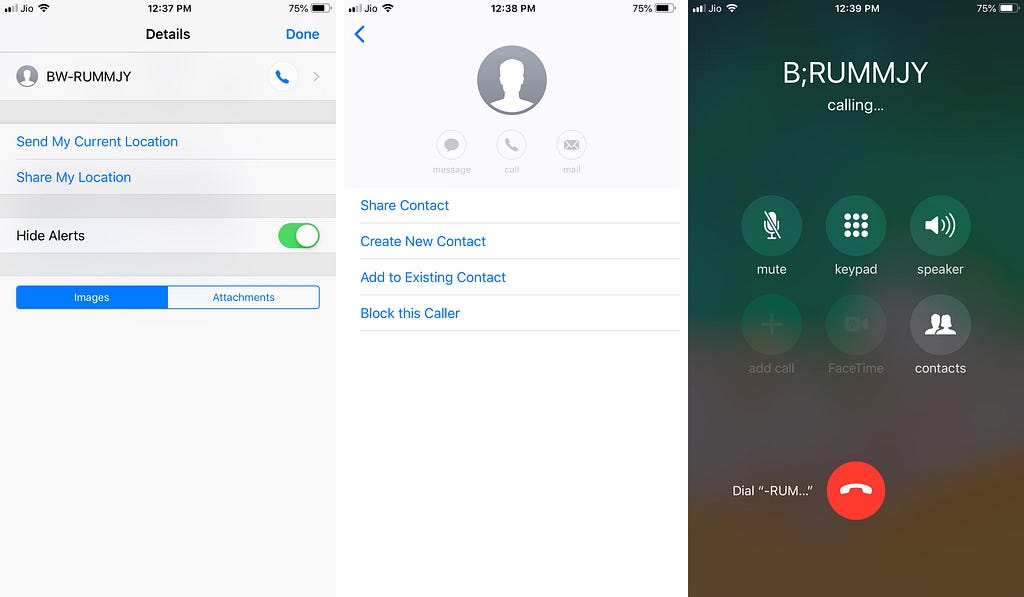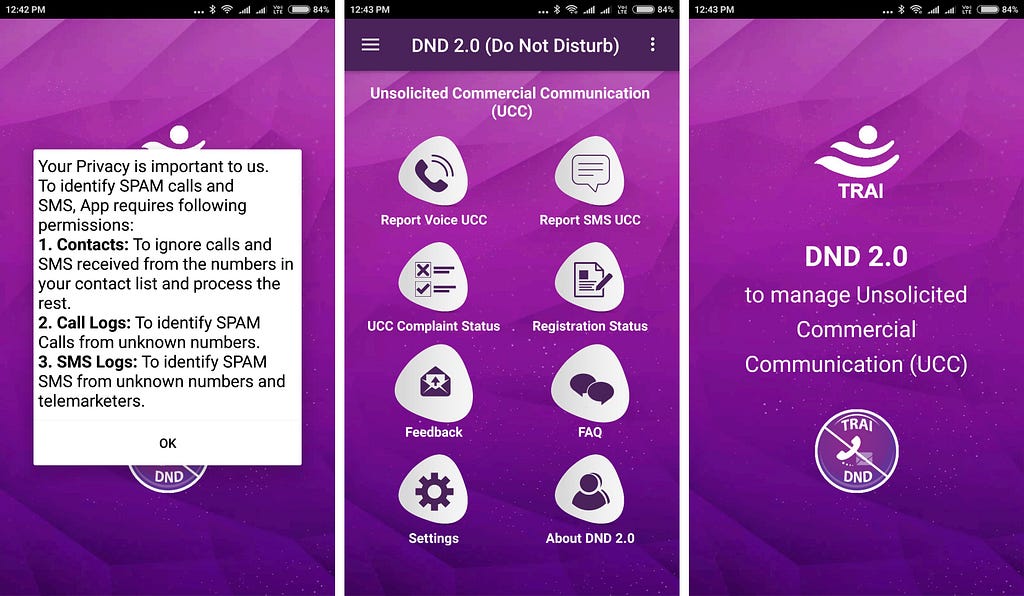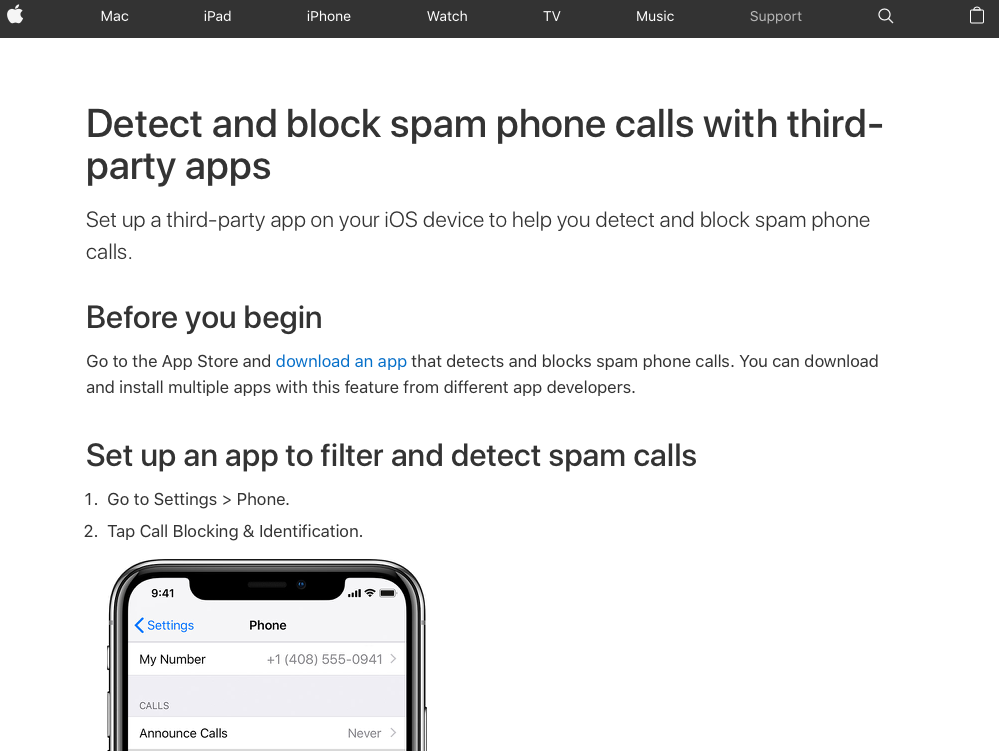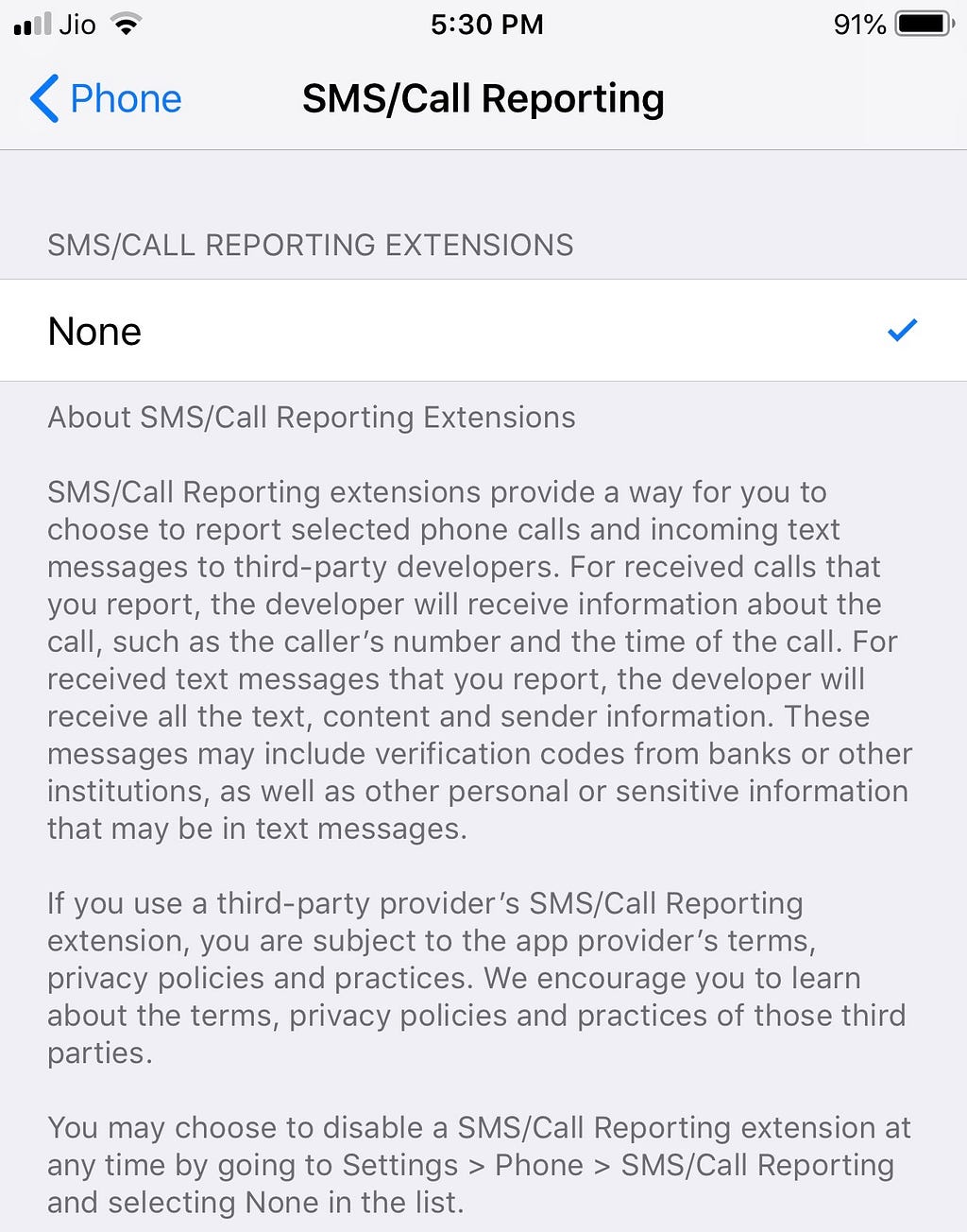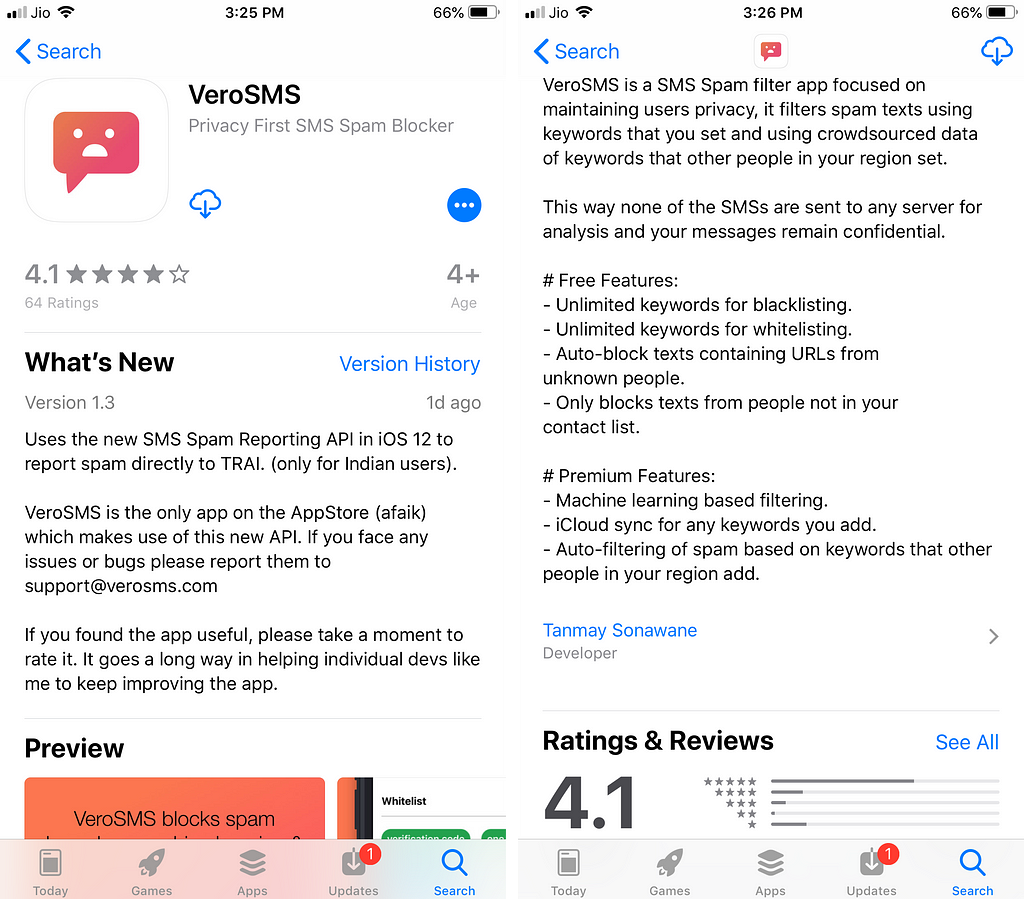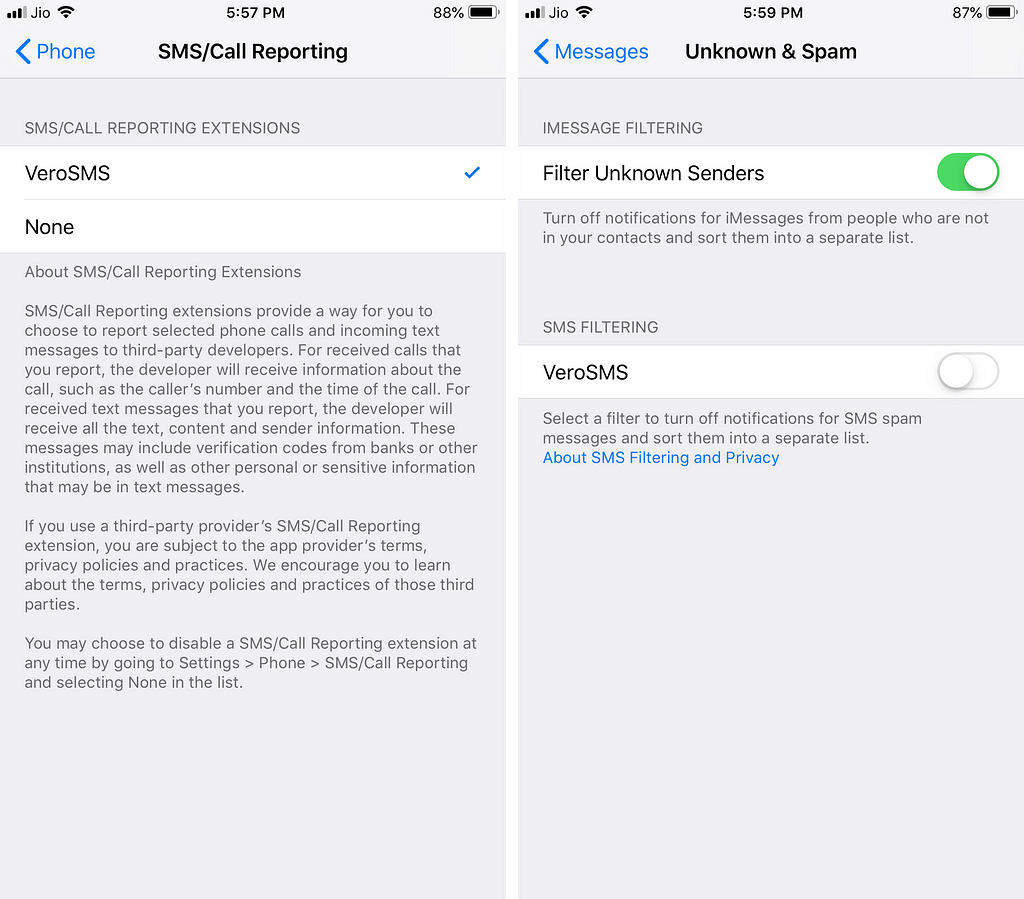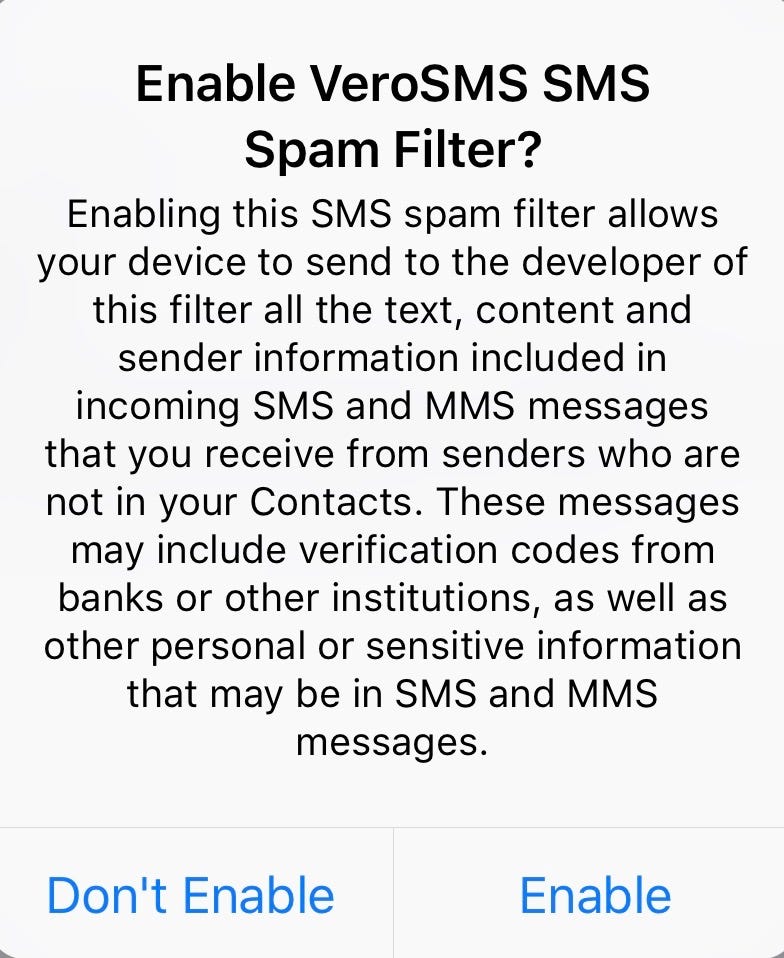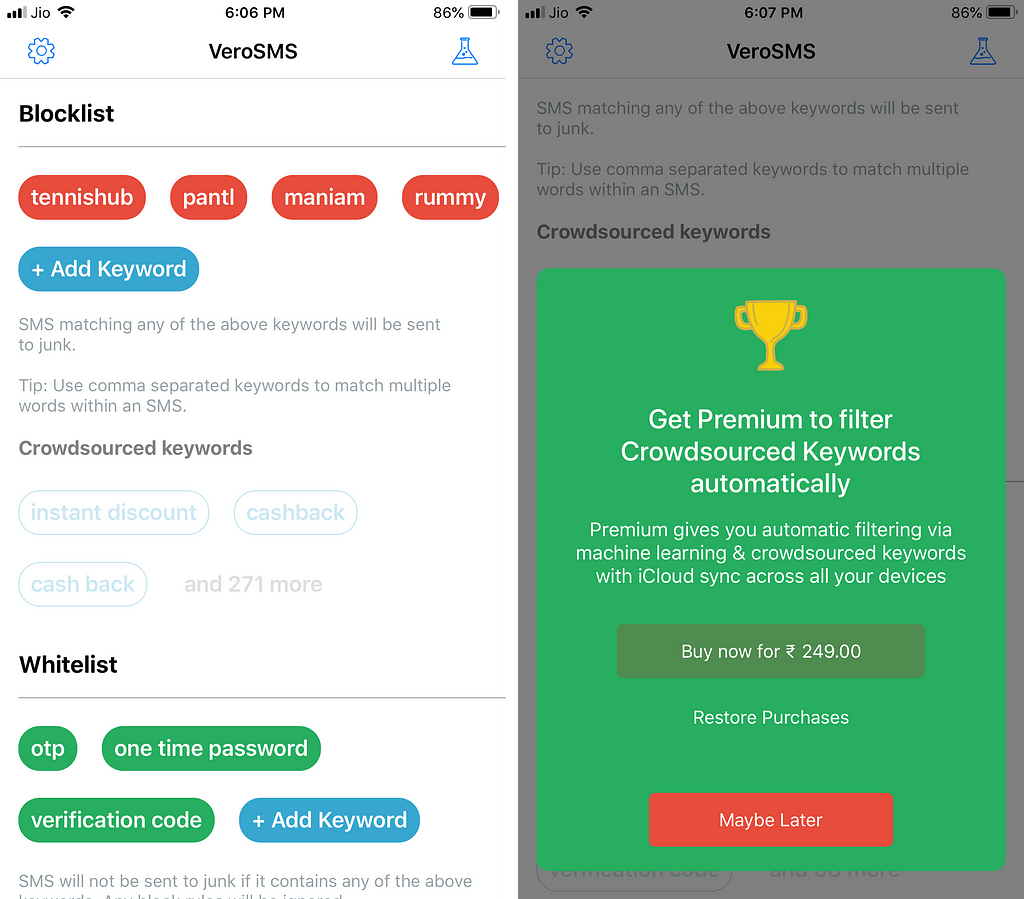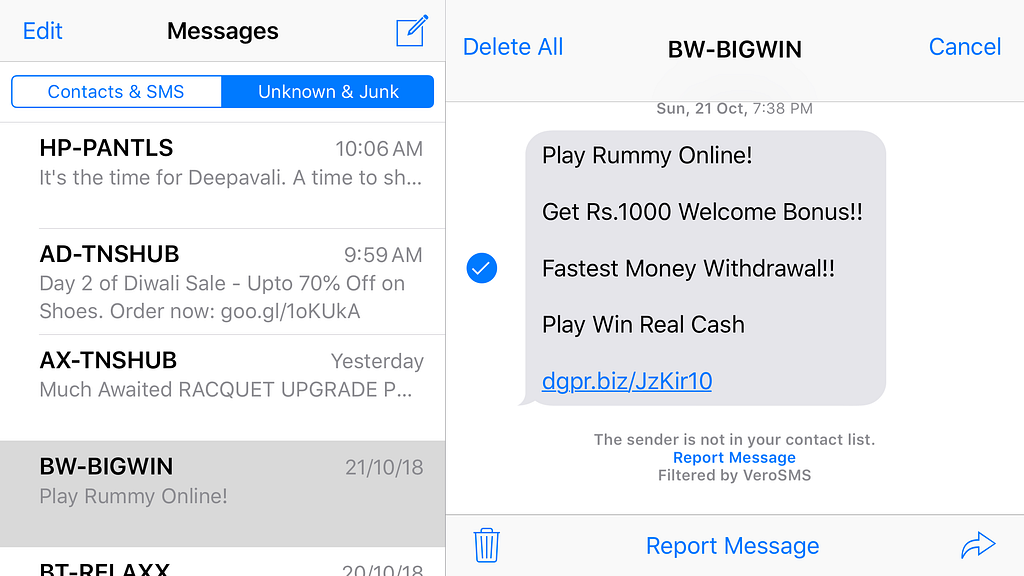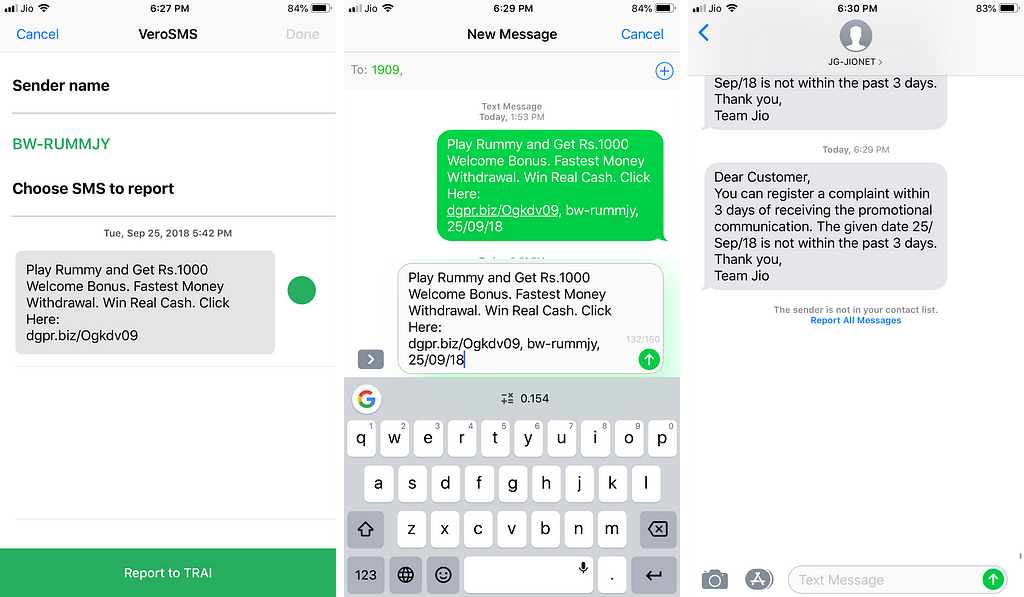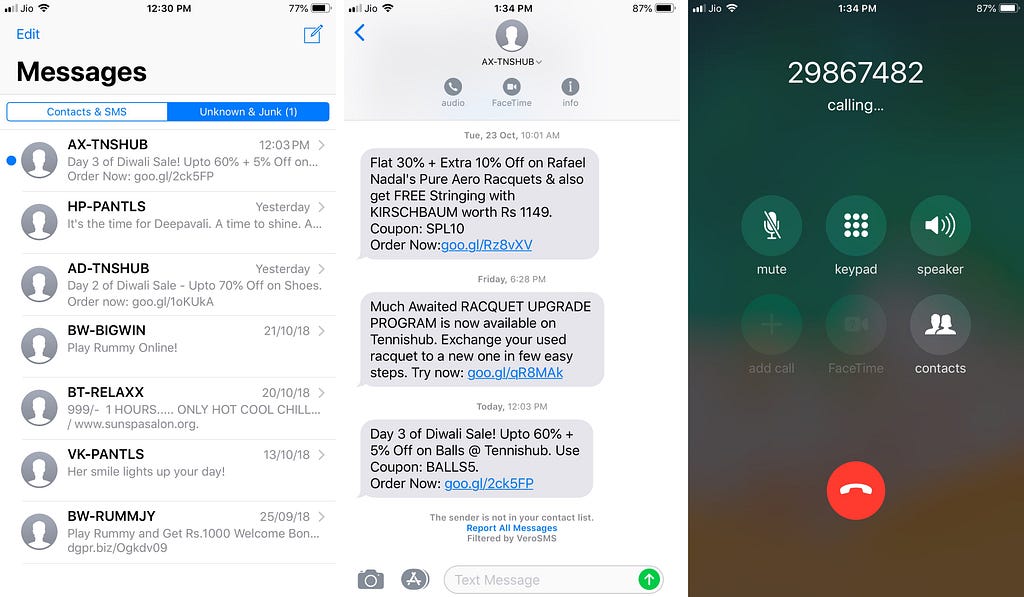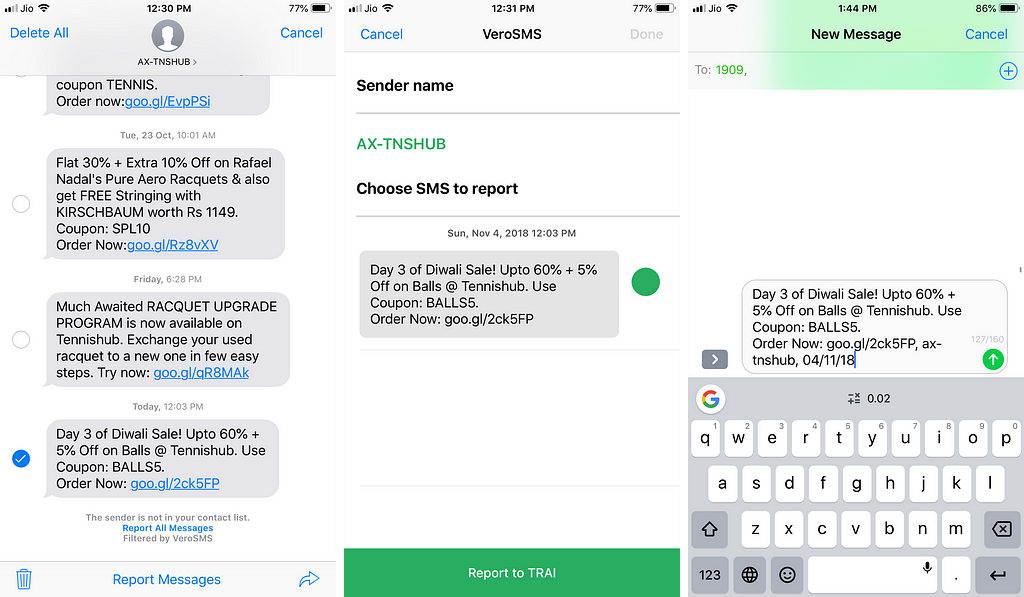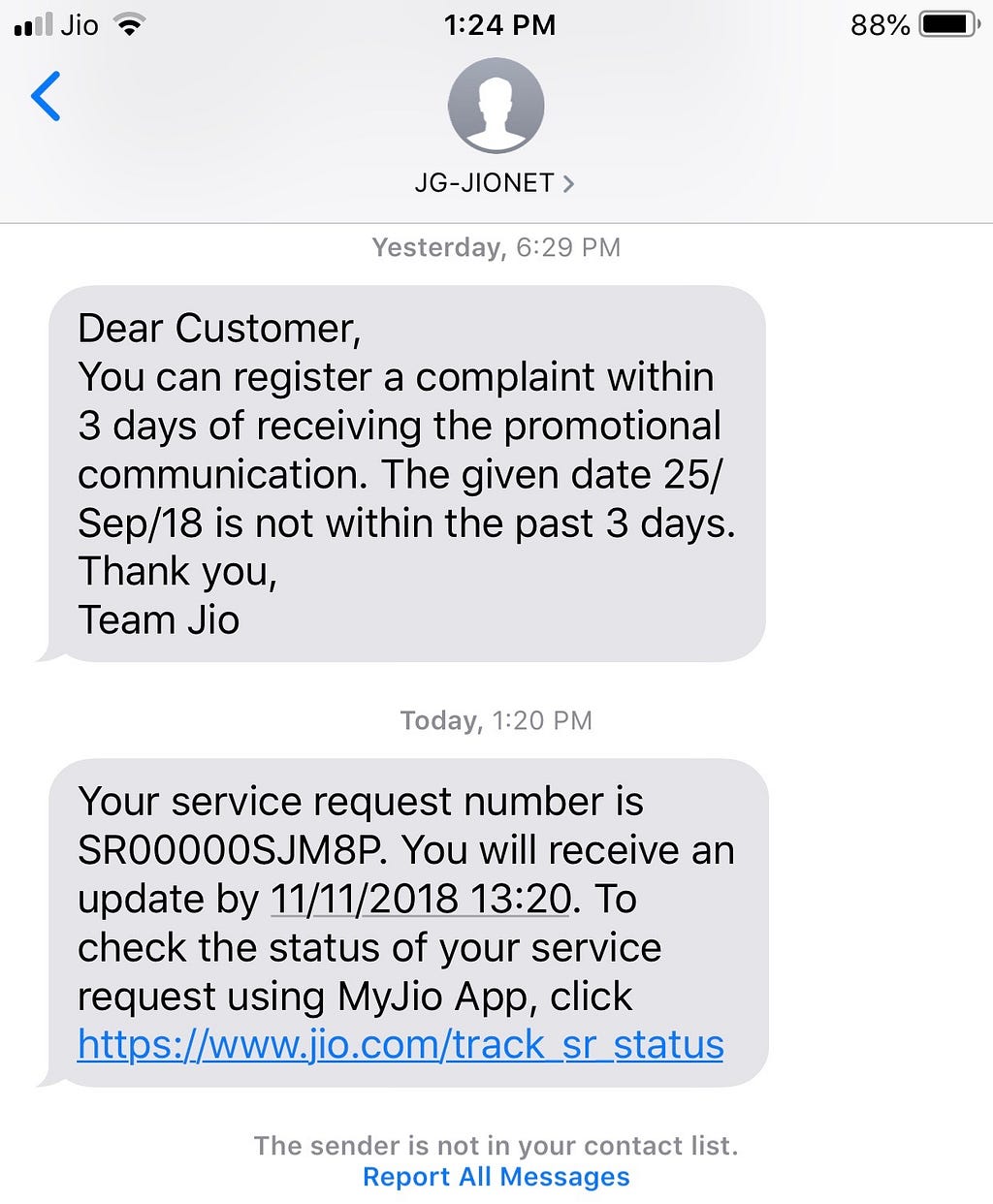Latest news about Bitcoin and all cryptocurrencies. Your daily crypto news habit.
 Photo by NeONBRAND on Unsplash
Photo by NeONBRAND on Unsplash
Unlike the West, only 1% of Indians use iPhones. Of course, this is mainly due to Apple’s sky high pricing. An Android smartphone with the latest specs can be had for one tenth the price of the latest iPhone. Besides, Androids also offer useful features that iPhones don’t. Like you can’t connect a USB pen drive to an iPhone and share music. This is a deal breaker for most Indians who seem surprised when informed that music needs to be paid for. Ok, maybe they do know it, but they don’t understand it. As in, I ‘knew’ piracy was bad, but I didn’t really ‘know’ what it meant till I started writing and unexpectedly found one of my stories published word for word, under another name! However even 1% is a huge market for Apple in India as that adds up to nearly a million iPhones being sold in India in the first half of this year.
As one of those Indian iPhone users, I have always envied one particular feature on Android: its ability to block spam calls and SMS messages, like this one.
iOS did offer blocking, but it didn’t seem to stop messages from coming in. Also, these spammers strangely have no number. Or if they have a number, it doesn’t work, and pressing the call button takes you nowhere.
I’m guessing, but I think the scammers are exploiting the iMessage feature of sending messages by linking to an Apple ID instead of a phone number.
On the other hand, Android has an app called DND, which is the official app of the Indian Telecom Authority (TRAI). It lets you directly report spam calls and messages to TRAI, and get the spammers banned. Which may be why I never get spam calls on my Android. This is possible because Android, or rather Google, lets TRAI access spam calls and messages, and identify the sender.
Apple does not allow any app such access to messages, calls or contacts. They believe it invades the privacy of iPhone users. However with the spam menace getting out of hand on iOS, TRAI threatened to ban iPhones in India unless the facility to identify and block spammers was allowed.
Eventually, Apple came up with a compromise solution with the release of iOS 12.1. You can now report spammers to TRAI, without giving full access to all your calls and SMS messages. It does seem similar to the Android app but on experimenting, I think Apple pulls out the spammer’s data and spam message content, and sends it to TRAI (instead of giving TRAI access to the iPhone). But it’s still a back door entry into the phone which hackers could exploit. I guess this is why Apple made such a fuss about building this facility into iOS.
Moving on, I had read in the news that you kill spam by enabling an ‘unwanted communication’ extension in iOS settings. However I couldn’t initially find this ‘unwanted communication’ extension, despite updating my phone to the latest iOS 12.1. Finally, I did what I should have done in the first place, and visited the Apple site. It was then that I realised that this feature only works with a third party app. I would like to add that though India’s TRAI may have forced Apple to allow spam reporting, Apple seems to have made the facility available to customers all over the world.
I then went back to my iPhone and searched for ‘report’ in the iOS settings app, and struck gold deep within Apple’s lengthy disclaimers within the ‘SMS/Call Reporting’ setting.
Reading between the lines, it does state that this feature only works with the help of a third party app.
So I searched in the iOS app store, and found a couple of apps there. It’s early days and I suppose there will be many more such apps soon. For now, I decided to try out a freemium app called VeroSMS. It didn’t insist on regular subscriptions unlike some of the other apps in the category. The basic features are free, but you pay ₹249 ($4) for the premium features. In fact, I had tried out the app earlier. But it had very limited capabilities then. It could identify spam messages based on keywords given by me, and group those messages in a separate junk folder in the messages app. I think the premium version was only a dollar then, though.
After installing VeroSMS, I enabled it in within the iOS settings app. You have to do it in both, the phone and messages settings.
This is the first time Apple is allowing developers even limited access to contents of message and phone logs. So I wasn’t surprised to find Apple issuing a caution that the contents of the message I was reporting to TRAI would be shared with the developer of Vero. I was fine with that as the spam messages contain nothing of interest or importance to me.
During installation, the app asked me to add keywords to a blocklist and whitelist, and I pulled out a few keywords from the spam in my inbox. Vero did offer an option to use crowdsourced keywords as a premium feature for a price. This might be worth the four dollars if the app is effective.
I then checked the iOS messages app to find that it now had two tabs, the new one being ‘unknown and junk’ which I assume, is based on the keywords I had added in the VeroSMS app. On tapping the ‘rummy’ message, and tapping on ‘more,’ I found an option to report the message.
Accordingly, I clicked on report, and tapped send in the next page, only to receive a message from my service provider that complaints would be registered only if reported within three days of receipt of the offending spam message.
I tried again with a fresh spam message that I received a couple of hours ago. I had once enquired about some balls on this tennis related website. Ever since, I have been getting promotional messages from them. Though I have repeatedly tried to unsubscribe, I haven’t had any success. With festive season being on in India at the moment, they have been repeatedly sending me messages in the last few days. Maybe I can give them a call and ask to be unsubscribed from their mailing list. So I tap the last message, then tap on the audio call button in the next window, but my network provider informs me the number doesn’t exist.
Now that’s a clear case of misusing customer data, and I no longer feel any compunction in reporting them via the anti spam app.
It goes through and I get a message from my network provider that my complaint has been registered.
Looks like the iOS spam filter is indeed operational. The proof of the pudding is if my iPhone becomes as spam free as my Android, but for that, we’ll have to wait and see.
However something tells me the day of the iOS spammer is over.
Say goodbye to iOS spammers was originally published in Hacker Noon on Medium, where people are continuing the conversation by highlighting and responding to this story.
Disclaimer
The views and opinions expressed in this article are solely those of the authors and do not reflect the views of Bitcoin Insider. Every investment and trading move involves risk - this is especially true for cryptocurrencies given their volatility. We strongly advise our readers to conduct their own research when making a decision.

